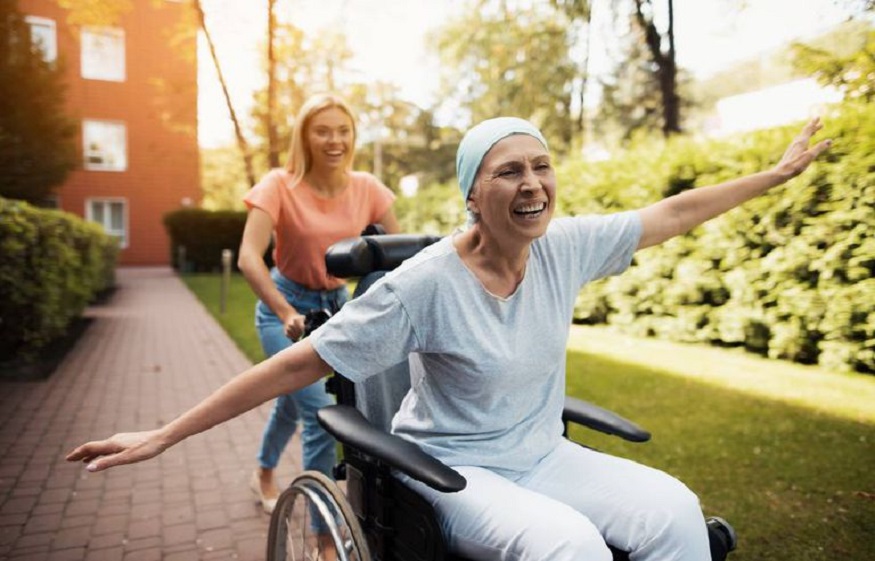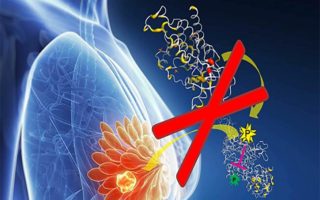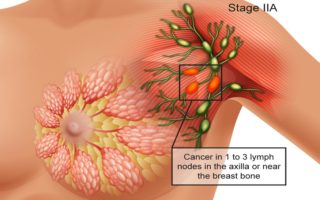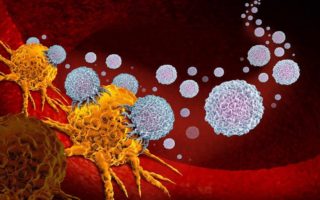Both during and after cancer treatment, it is good to be active. It can contribute both to increased quality of life and less fatigue and discomfort.
Physical activity is important for good health, and can be especially helpful for those of you who have been diagnosed with cancer. Regular physical activity is an important part of rehabilitation after cancer and can help reduce the side effects of the disease and treatment. Remember one thing that it’s not any treatment which make you live but it’s your inner spirit which does it. So you have to keep your mind calm and avoid carcinogen foods. They are like poison for cancer patients.
Physical activity means moving and using the body. Being physically active involves everything from doing housework and picking up mail to hiking and doing competitive sports. You do not have to train hard and systematically to get health benefits. When we talk about physical exercise, we mean a systematic impact on the body over time with a view to changing the body’s physical, mental and social characteristics that underlie performance.
Therefore, activity is good
Many cancer patients can become passive for natural reasons. This may be due to the fact that the physical condition is worse than before or that it is necessary to take it easy at times. By being physically active, you can know your body better and find out how much you can handle and what you can do. It can give you the opportunity to experience that there are many things you can do despite the illness. Physical activity can also help reduce side effects, both due to the disease or due to inactivity.
Activity can help to
- provide increased energy, profits and strengthen self-esteem
- limit loss of muscle strength and provide better fitness
- reduce side effects such as nausea and fatigue (fatigue)
- reduce anxiety and depression
- alleviate symptoms of stress
- provide better sleep
- maintain a stable body weight
- improve the immune system and reduce the risk of infections after treatment
- reduces the risk of developing cardiovascular disease and type 2 diabetes
- reduce the risk of osteoporosis
Physical activity during cancer treatment
During all types of cancer treatment, you should clarify your options and limitations for physical activity with the doctor responsible for your treatment. Modern cancer treatment is carefully tailored to each individual. How physically active you can be during treatment and what is best for you depends on what kind of treatment you receive, but also varies with daily form and in the different phases of the disease process. With the physical activity, you should also focus on the best cancer fighting diet to prevent the cancer as far as possible.
Your doctor will ask you to be careful and attentive if you have to
- weakened immune system
- infection
- fever
- low blood percentage
- spread to the skeleton
- bleeding risk
Many people who are undergoing cancer treatment will be able to have a general feeling of illness in the body. It is important to take this into account and adapt the activity.
Physical activity after cancer treatment
When you have finished your cancer treatment, it is recommended that you try to get regular physical activity into your daily life so that you can regain strength and stay in better physical shape. Even small changes in everyday activity can have a noticeable effect. Good heating is important. Even if you have been in a lot of activity before you got cancer, you may have to start at a lower level again after you finish treatment. As a fully treated cancer patient, you should slowly but surely train yourself to be moderately physically active (equivalent to brisk walking) for a minimum of 30 minutes per day. day. When you are able to, the activity should be run so that you sweat, breathe and get an increased heart rate. Increased intensity and longer training sessions provide even better benefits from the training.
Advice and help with physical activity
When you exercise, a breakdown occurs in the body. It uses energy, nutrients and oxygen. In order to stay in better shape, the body must therefore be given the opportunity to rebuild itself. The greater the physical strain, the longer the body needs to recover and rest afterwards. The right relationship between load and rest is therefore important to get a good effect from the training and improve the physical shape.
Resting is especially important if you have cancer. Both rest, diet, adequate fluid intake and relaxation are important. It may take some time to figure out what you can handle. You must therefore gradually try to find a good balance between rest and activity.
General advice
- Try to get some exercise every day and plan your activities so that you do not get tired for a long time afterwards. Sometimes a small trip may be enough and other times you can join training groups.
- Do something you like and that is easily accessible and easy to implement. This increases the possibility that you continue with the training.
- Take your starting point in your own form, skills and what you like to do. Feel free to get help from a training specialist to set up a program that is tailored to you. Vary the activities. This makes it easier to keep your motivation up and can prevent injuries.
- Start calmly and increase intensity and amount very gradually.




